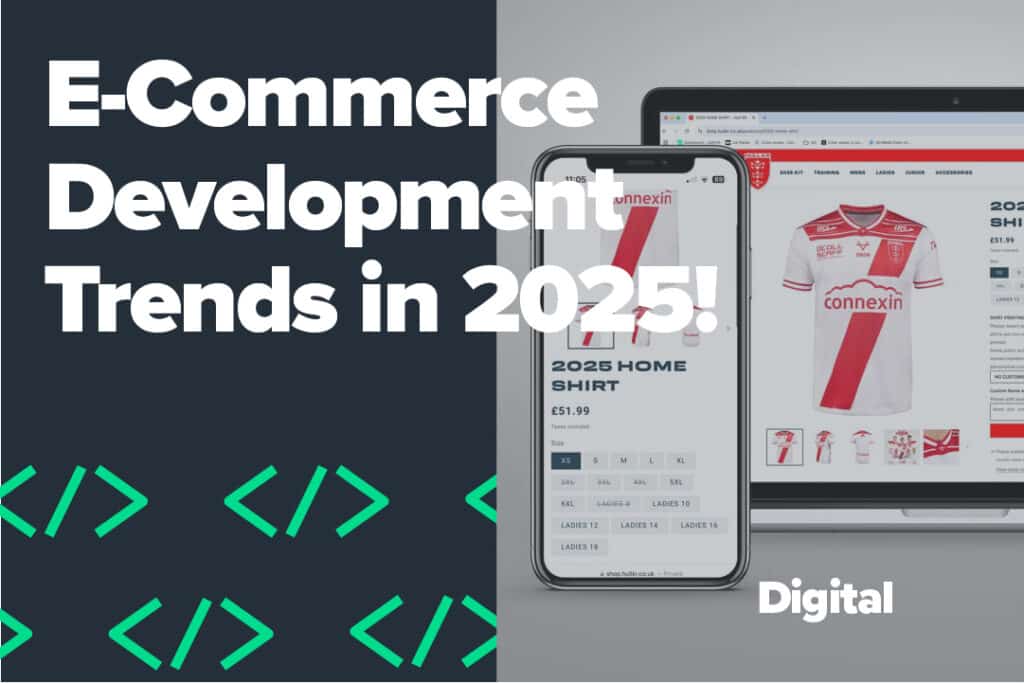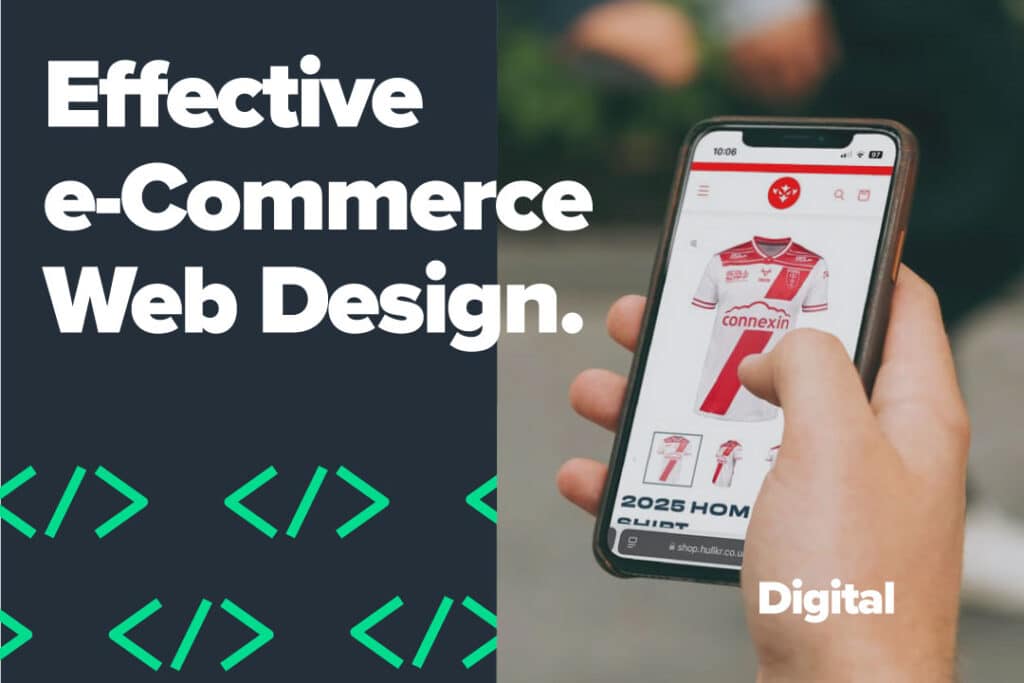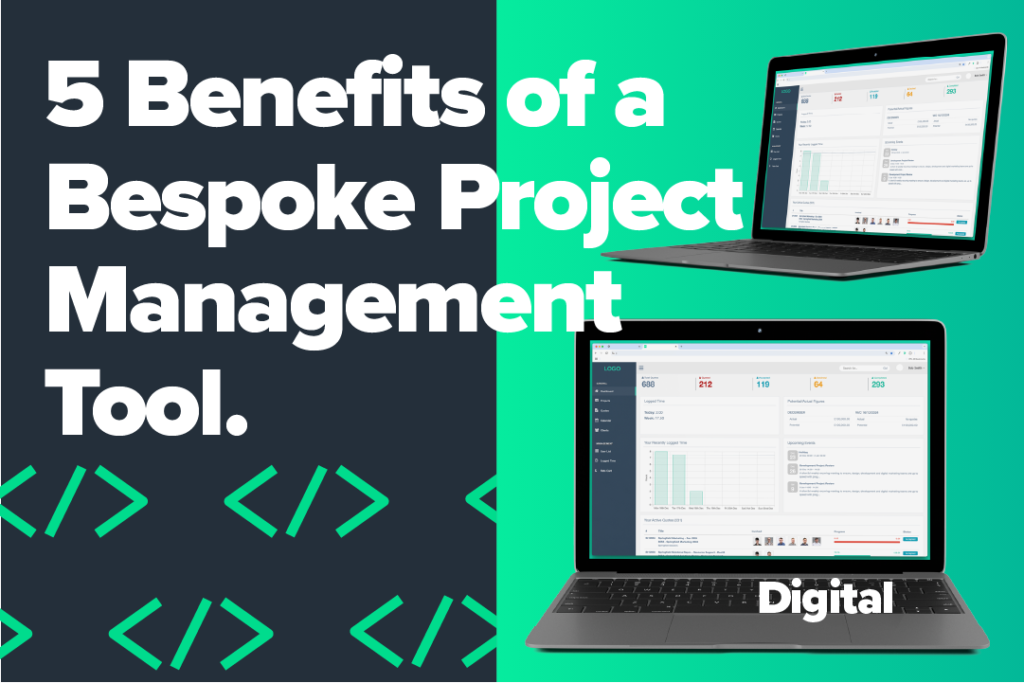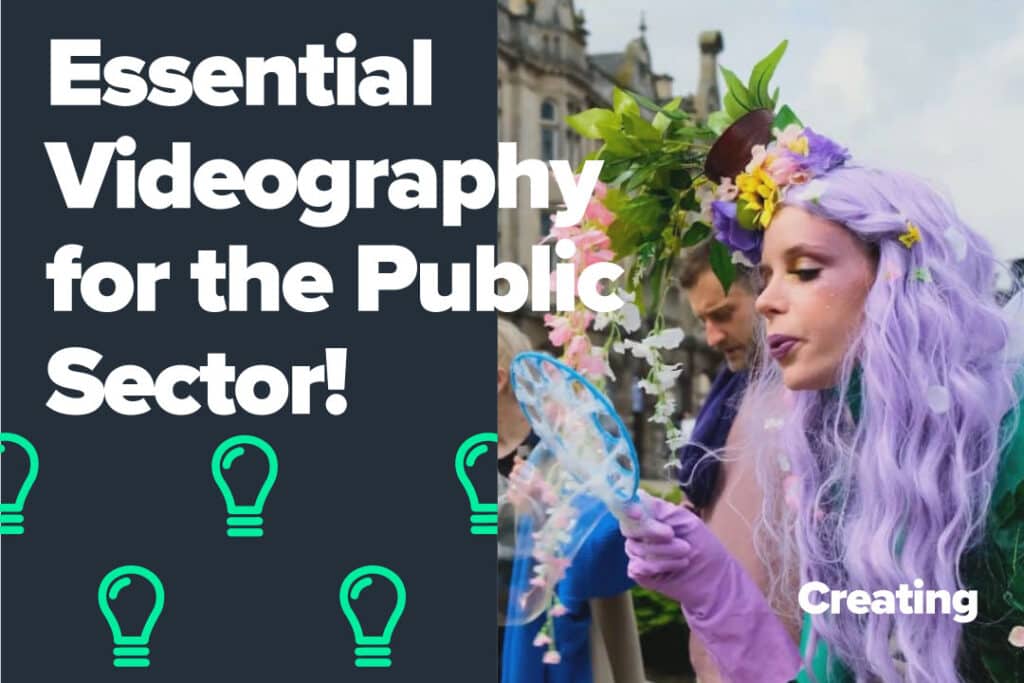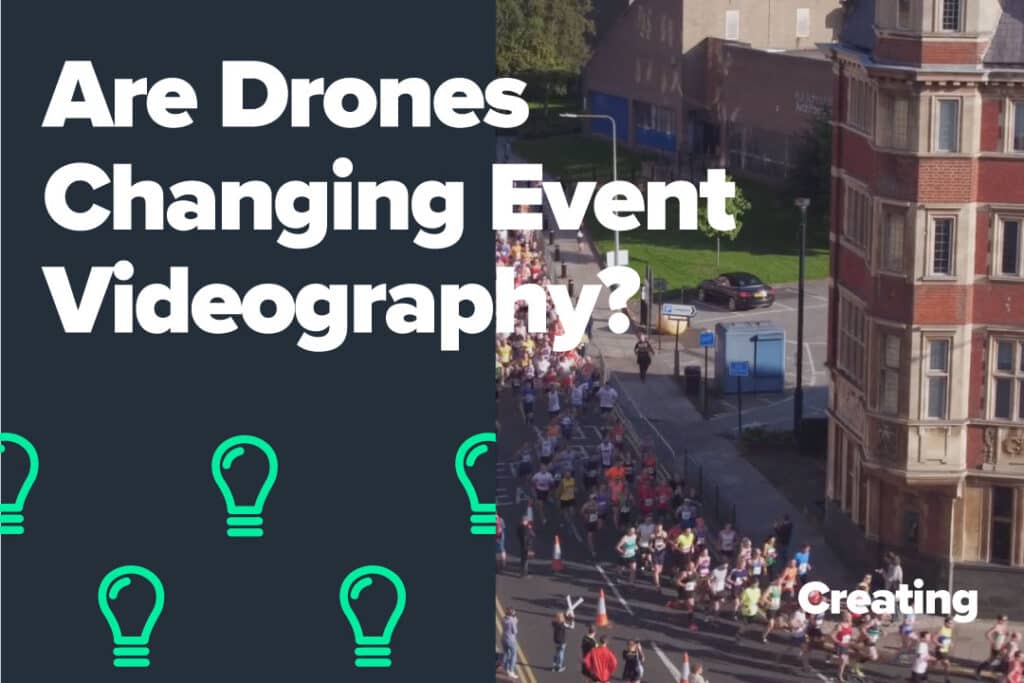Mode of Action animations are essential tools in the pharmacy and healthcare industries, serving not only as effective sales aids but also as powerful educational resources. These animations play a crucial role in research and development, helping to promote innovative products to consumers and healthcare professionals alike.
From over-the-counter pain relief and reflux suppressants to prescription medications and respiratory devices, Mode of action animations visually demonstrate how these products influence the body. Additionally, many healthcare companies are leveraging these animations to enhance understanding of medical devices, including catheters, colostomy bags, ventilation masks, and wound care solutions. By clearly illustrating the benefits and mechanisms of action, these animations engage audiences and enhance users’ comprehension of the products.
If you want a more in-depth explanation about mode of action animations, check out our insight: Mode of Action Videos Explained.
Here at Eon Visual Media, we work with a range of clients within the healthcare industry to create mode of action animations. Below, we’re going to discuss the the steps we take from pre-production, through the process and to post-production.
Table of Contents
Pre-Production
The pre-production phase is the most involved part of the mode of action animation process, and is undeniably the most important to get right.
Brief
After the initial consultation, it is important to schedule a client briefing to establish and clarify their objectives. Our goal is to gather as much information as possible about the product and its mechanism of action. This understanding is crucial in helping us formulate a compelling narrative. This stage is essential for building a strong relationship with the client and ensuring that we can meet their expectations effectively.
Assets
We will establish existing assets, typically including branding and mode of action visualisations. This really helps us understand the science of the product allowing us to simply and effectively convey the information in the animation whilst remaining on brand. Talking to healthcare professionals and salespeople within the company also helps us establish the language and visual tone to accurately portray relevant information.
It is also useful to us if the client has existing 3D assets, particularly in the case of medical devices; it saves time and budget as we can use existing files with few amendments.
Script
Once we have all the assets needed, we move on to the script stage. Typically, a client will have a script for us to work with, but we can always work to refine and streamline so it’s suitable for animation. We also have experience working with external healthcare communication agencies with pre-existing relationships with clients, so it is easy for us to collaborate with them to write the best script based on key messages and product claims. Either way, we are always available to support the client in getting the script’s message across in a strong way.
Following the script, our animation team begin work on the storyboards. If the animation is 3D, it will typically be a sketched storyboard. For 2D animations, the storyboard will be created after we have considered the look images. Within this phase, we create 2D assets to make the process more efficient; simply put, we can use the 2D assets from this phase and animate them in production, making the process much smoother and easier.
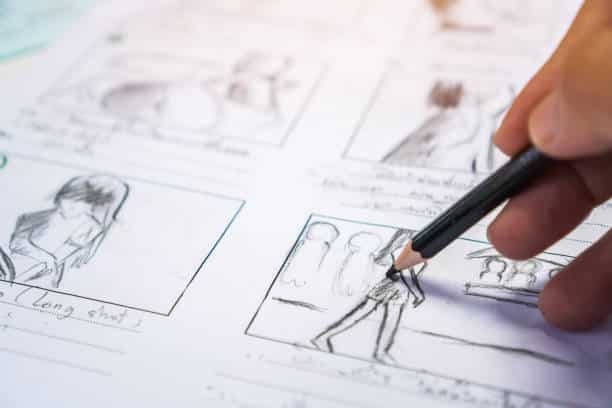
Look Images
Usually, the final step in the pre-production stage is agreeing a visual style through look images. Using our expertise and experience, we can guide the client on different styles, whilst adhering to their branding and existing visual design. As mentioned before, mode of action animations can either be 2D, 3D or a mix of both. Dependent on the format, the final stage differs; if it’s 3D, we’ll create look images based on key scenes from the sketched storyboards.
However, if it’s 2D, we’ll create the look images in between the script and storyboard phases. This is where the key production differences lay. Mode of actions are not beholden to traditional formats. AR and VR offer a great opportunity to create mode of actions that are even more engaging. These innovative technologies follow a similar workflow to 3D animations.
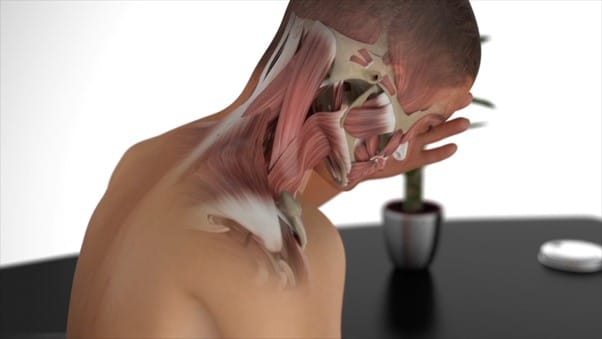
Production
After visual styles, scripts and assets have been agreed upon, our animators will begin working on the mode of action animation. Throughout the production process, we’ll agree a schedule of deliverables and appropriate feedback loops, allowing us to consistently liaise with the client. This is really important for us to ensure we are meeting their requirements and expectations at each stage and reduces the need for extensive amendments later on. Within the production stage for 3D animations, we use previz, a less detailed 3D render of the animation. This is a quicker and more efficient way to show 3D motion without spending too much time and resource rendering fully detailed and lit sequences.
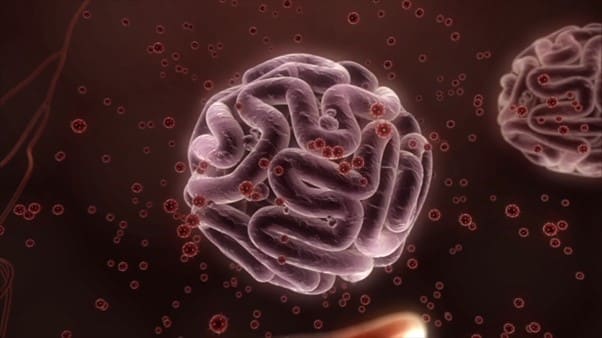
Post-Production
Following the creation of the animation, and given the client is happy, we begin adding music and voice overs. We can help with music and voiceover rights for different uses including internal, online, paid meda and broadcast. We are able to share music and voice over samples, as well as offering directed voice over sessions, and can help the client agree on an artist to use that best complements their video. Following this, we can also create a subtitled edit, and final renders for 3D animations.
Finally, our animators pull the final edit together and share with the client. Unlike most agencies, we provide both the final MP4 file and market adaptable files to allow clients to make translations and edits for specific markets. Alternatively, if a client wants simply a one-stop agency to work with, we can work alongside them to implement specific adaptations for foreign markets.
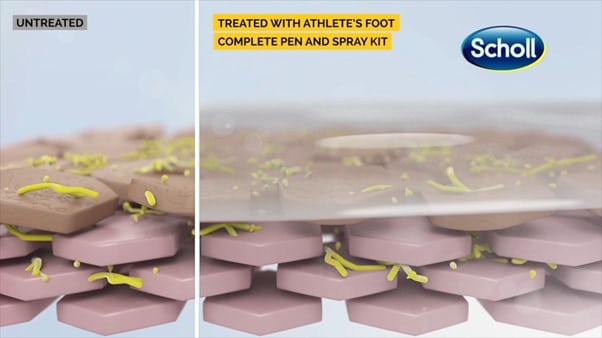
Our talented team of designers and animators can help you create innovative and informative mode of action animations. We pride ourselves on our turnaround times and quality of work and will always strive to create the best and most effective assets! Get in touch today if you think Eon Visual Media can help you!

